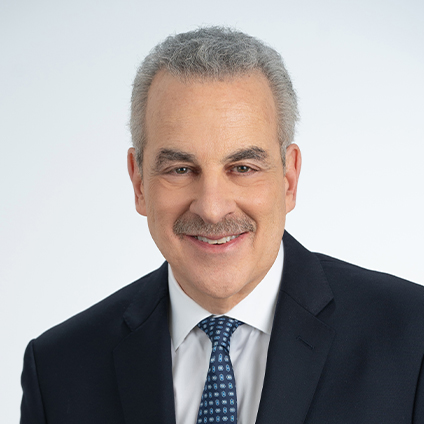Why We Keep Adding Psychiatric Disorders
It's not to pathologize more behavior, but to understand behavior better
Clinical Expert: Harold S. Koplewicz, MD
There’s a rather entertaining TEDTalk in which a journalist named Jon Ronson has a little fun at the expense of psychiatrists, and our penchant for inventing new disorders.
In the talk Ronson asks: “Is it possible that the psychiatric profession has a strong desire to label things that are essential human behavior as a disorder?”
It’s a question I hear more and more, and one that deserves an answer.
My answer: The psychiatric profession has a strong desire to find a way to help people who are suffering—and the family members who struggle to help them and suffer alongside them. Suffering is, of course, “essential human behavior,” as is pain. But when people are in emotional pain, we have an ethical obligation to try to help them, just as doctors try to help alleviate physical pain. And to alleviate their suffering, we need to understand it.
Better understanding
In his TED talk Ronson notes that the psychiatrists’ diagnostic and statistical manual (the DSM) has grown over the years from a pamphlet to door-stop size, and he wonders out loud whether the expanding list of psychiatric disorders is really just a way to pathologize more and more ordinary behavior. But our “strong desire to label things” arises from our desire to better understand the behavior of people who are profoundly unhappy or impaired or dangerous to themselves or others—so we can help.
That is the point of the DSM and all those proliferating disorders.
Psychiatrists make checklists of behaviors and group them into disorders in order to understand them, and to be able to share that understanding with other clinicians and researchers.
New tools for helping kids
Disorders change when our understanding changes, and we see that behaviors that have been grouped together should be separated—as is the case, for example, with one of the new disorders, Disruptive Mood Dysregulation Disorder (DMDD). I know that’s a mouthful, but it’s an important new way to group together children with very severe, frequent tantrums and irritability. Until now many of these children received a diagnosis of bipolar disorder, but clinicians have seen that not all of them become adults with bipolar disorder.
So there may be something different going on here, and the new diagnosis is an effort to add nuance to mental health care—not to generate more patients. These kids are among the most troubled kids we see, and we aren’t satisfied with what we’ve been able to do for them. We need a better way to identify them, as the first step in finding a better way to help them.
By the way, we’re not talking about “regular kids” with ordinary tantrums here: we’re talking about kids who are uncontrollable and dangerous to themselves and others, kids who, in an earlier era would simply have been locked up. (It is a testament to how far we have come that “out of sight, out of mind” is now anathema.)
Illness is on a spectrum
It’s true that psychiatric disorders, like many medical illnesses, are often on a spectrum—a lot of us are a little anxious, or a little depressed, or a little ADHD, or even, as Ronson says, “a little psychopathic.” But in the same way that when your blood pressure goes past a certain point on the scale we say you have hypertension, when kids get outside the typical range on scales for things like anxiety, opposition, sadness, hyperactivity, impulsiveness, inattention, we say they have a disorder. But not, and this is very important, unless that behavior is causing them serious impairment.
People who think that we psychiatrists are going around gleefully diagnosing ordinary behavior as disordered and giving kids medication like candy aren’t really seeing or understanding the children we treat, and the parents who bring them in. These are children so anxious they can barely leave their rooms, for whom going to school is impossible. Kids so prone to violent meltdowns that their parents can’t handle them—or trust them around their siblings. Their parents are desperately looking for ways to help.
Misdiagnosis
I’d be the last person to say that there’s no such thing as misdiagnosis—just like medical doctors, psychiatrists are sometimes stumped, and sometimes make mistakes. And kids who have a 7-minute visit to the pediatrician and come out with a prescription for ADHD medication are definitely not getting good care.
But I want to make the most important thing here clear: Since we can’t yet diagnose mental illness with blood tests or DNA tests, we can only do it by very carefully observing behavior. And those lists of behaviors in the DSM, and other rating scales we use, are tools to help us look at behavior as objectively as possible, to find the patterns and connections that can lead to better understanding and better treatment.
There will always be some ordinary, perfectly healthy people who fit some of the criteria for a disorder—or many disorders, as Ronson jokes he does. If we look only at that, we trivialize the needs of people who are really, seriously impaired, who we are trying to understand, and help.

